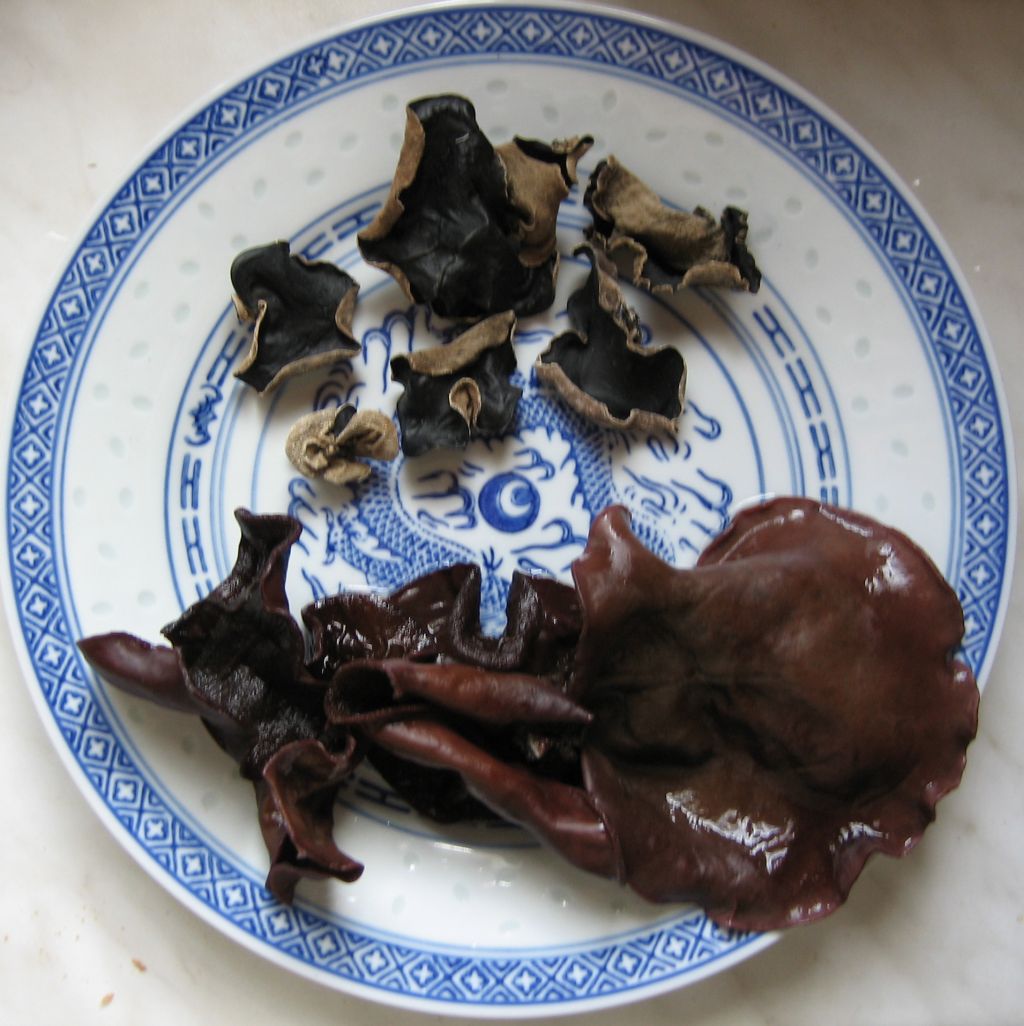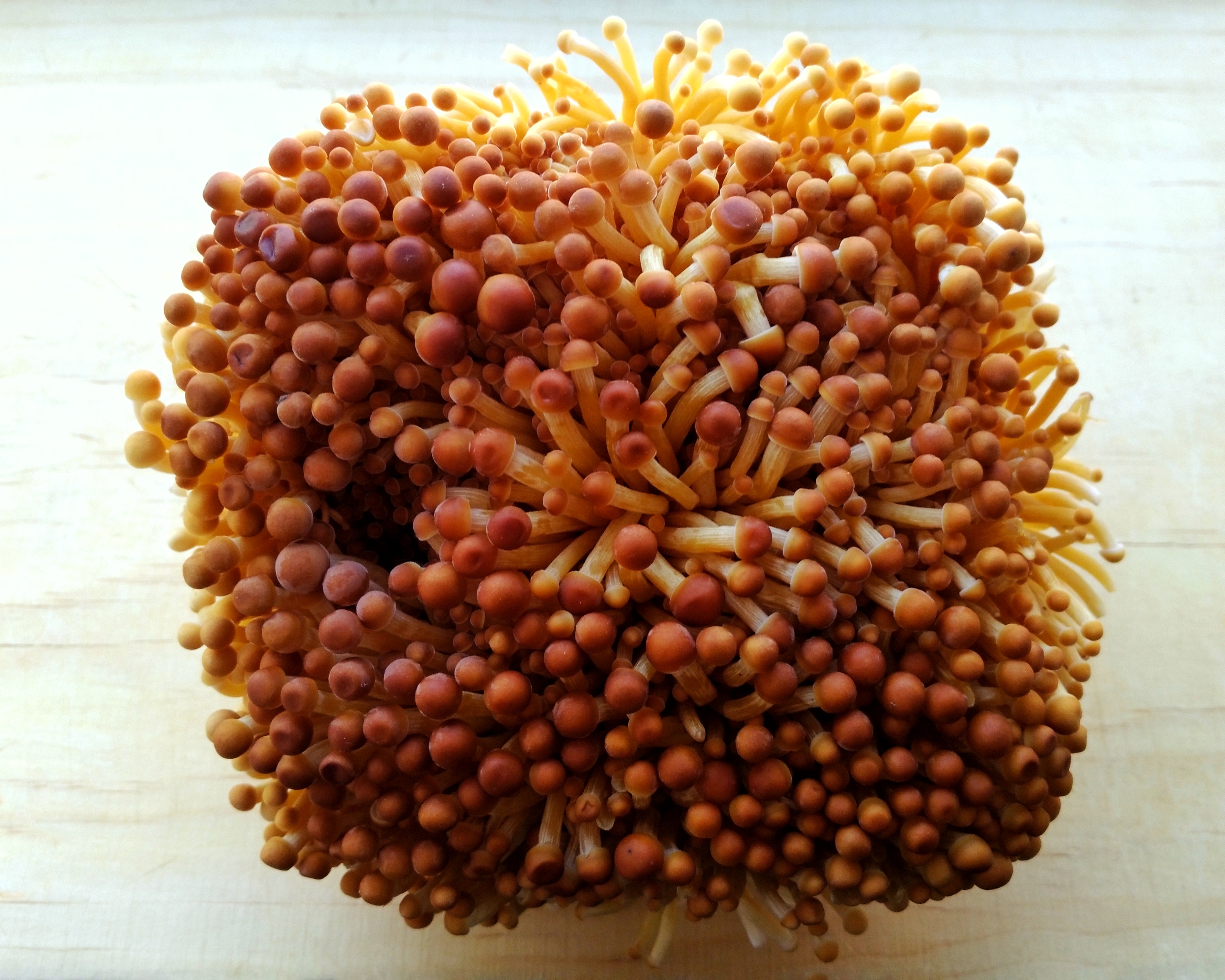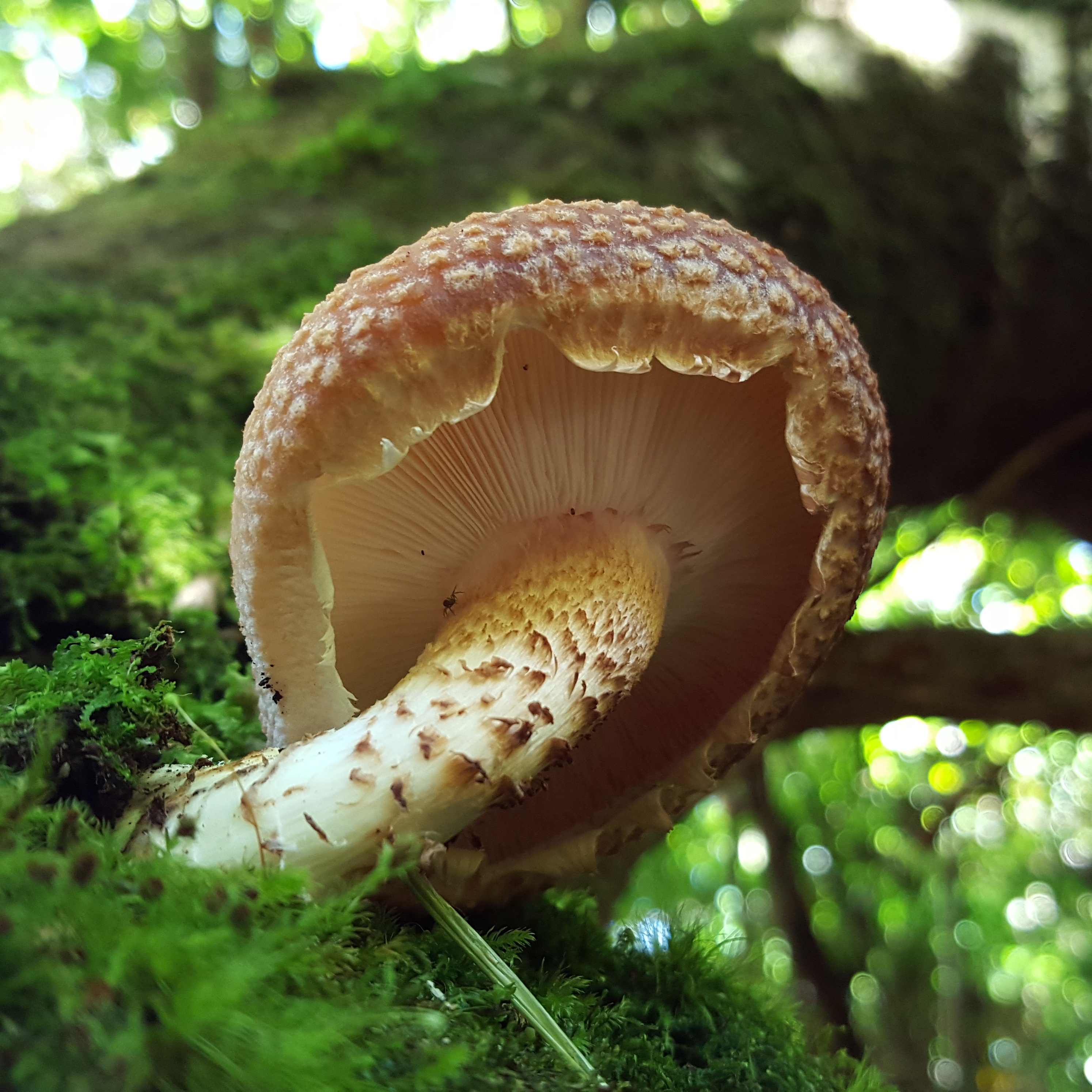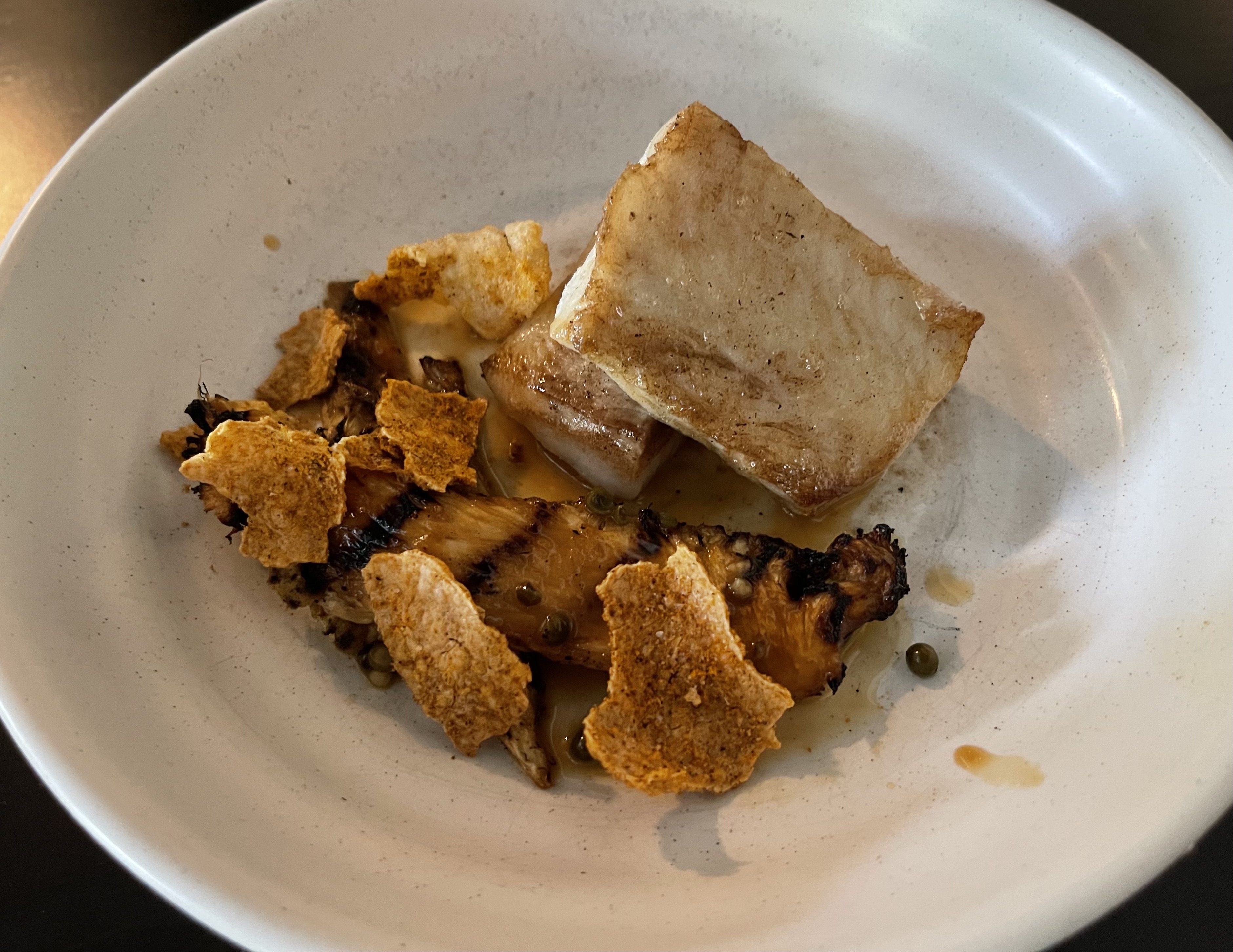|
Chinese Edible Mushrooms
East Asian mushrooms and fungi are often used in East Asian cuisine, either fresh or dried. According to Chinese traditional medicine, many types of mushroom affect the eater's physical and emotional wellbeing. List of mushrooms and fungi See also * List of mushroom dishes {{DEFAULTSORT:Chinese mushrooms and fungi Lists of fungi, Chinese Chinese cuisine Chinese edible mushrooms ... [...More Info...] [...Related Items...] OR: [Wikipedia] [Google] [Baidu] |
Fungi
A fungus (: fungi , , , or ; or funguses) is any member of the group of eukaryotic organisms that includes microorganisms such as yeasts and mold (fungus), molds, as well as the more familiar mushrooms. These organisms are classified as one of the kingdom (biology)#Six kingdoms (1998), traditional eukaryotic kingdoms, along with Animalia, Plantae, and either Protista or Protozoa and Chromista. A characteristic that places fungi in a different kingdom from plants, bacteria, and some protists is chitin in their cell walls. Fungi, like animals, are heterotrophs; they acquire their food by absorbing dissolved molecules, typically by secreting digestive enzymes into their environment. Fungi do not photosynthesize. Growth is their means of motility, mobility, except for spores (a few of which are flagellated), which may travel through the air or water. Fungi are the principal decomposers in ecological systems. These and other differences place fungi in a single group of related o ... [...More Info...] [...Related Items...] OR: [Wikipedia] [Google] [Baidu] |
Flammulina Filiformis
''Flammulina filiformis'', commonly called enoki mushroom, is a species of edible agaric (gilled mushroom) in the family Physalacriaceae. It is widely cultivated in East Asia, and well known for its role in Japanese and Chinese cuisine. Until recently, the species was considered to be conspecific with the European ''Flammulina velutipes'', but DNA sequencing has shown that the two are distinct. Etymology In Japanese, the mushroom is known as ''enoki-take'' or ''enoki-dake'', both meaning " hackberry mushroom". This is because it is often found growing at the base of hackberry (''enoki'') trees. In Mandarin Chinese, the mushroom is called ''jīnzhēngū'' ( "gold needle mushroom") or ''jīngū'' (金 菇 "gold mushroom"). In Korean, it is called ''paengi beoseot'' (팽이버섯) which means "mushroom planted near catalpa". In Vietnamese it is known as ''nấm kim châm''. In India it is calle''futu'' Description Basidiocarps are agaricoid and grow in clusters. Individual fru ... [...More Info...] [...Related Items...] OR: [Wikipedia] [Google] [Baidu] |
Macrolepiota Albuminosa
''Macrolepiota albuminosa'' is a species of agaric fungus in the family Agaricaceae, found in Peradeniya, Ceylon (now Sri Lanka). In 1847, English mycologist Miles Joseph Berkeley scientifically described it and named it ''Agaricus albuminosus''. It was transferred to the genus '' Termitomyces'' in 1941 by the French botanist Roger Heim. In 1972, British mycologist David Pegler reexamined the specimen, and moved it to ''Macrolepiota ''Macrolepiota'' is a genus of white spored, gilled mushrooms of the family Agaricaceae. The best-known member is the parasol mushroom (''M. procera''). The widespread genus contains about 40 species. Taxonomy ''Macrolepiota'' was circu ...''. Frequently, the name ''Collybia albuminosa'' is misused for '' Termitomyces eurrhizus'', and the name ''Termitomyces albuminosus'' for '' Termitomyces'' mushrooms. Termitomycesphins A-H are neuritogenic cerebrosides isolated from the fungus. References External links * * {{Taxonbar, from=Q139 ... [...More Info...] [...Related Items...] OR: [Wikipedia] [Google] [Baidu] |
Lentinula Edodes 20101113 C
''Lentinula'' is a small genus of wood-inhabiting agarics. The neotropical species ''Lentinula boryana'' (= ''L. cubensis'') is the type species. However, the best-known species is ''L. edodes'', the shiitake. The genus was erected by Franklin Sumner Earle in 1909, and as of 2023 contains ten species, principally found in tropical regions. Species See also * List of Marasmiaceae genera * Shiitake The shiitake (; ''Chinese/black mushroom'' or ''Lentinula edodes'') is a macrofungus native to East Asia, which is cultivated and consumed around the globe. Taxonomy The fungus was first described scientifically as '' Agaricus edodes'' by ... References Further reading * External links * Marasmiaceae Agaricales genera {{Marasmiaceae-stub ... [...More Info...] [...Related Items...] OR: [Wikipedia] [Google] [Baidu] |
Lentinula Edodes
The shiitake (; ''Chinese/black mushroom'' or ''Lentinula edodes'') is a macrofungus native to East Asia, which is cultivated and consumed around the globe. Taxonomy The fungus was first described scientifically as ''Agaricus edodes'' by Miles Joseph Berkeley in 1877. It was placed in the genus '' Lentinula'' by David Pegler in 1976. The fungus has acquired an extensive synonymy in its taxonomic history: *''Agaricus edodes'' Berk. (1878) *''Armillaria edodes'' (Berk.) Sacc. (1887) *''Mastoleucomychelloes edodes'' (Berk.) Kuntze (1891) *''Cortinellus edodes'' (Berk.) S.Ito & S.Imai (1938) *''Lentinus edodes'' (Berk.) Singer (1941) *'' Collybia shiitake'' J.Schröt. (1886) *'' Lepiota shiitake'' (J.Schröt.) Nobuj. Tanaka (1889) *''Cortinellus shiitake'' (J.Schröt.) Henn. (1899) *''Tricholoma shiitake'' (J.Schröt.) Lloyd (1918) *''Lentinus shiitake'' (J.Schröt.) Singer (1936) *''Lentinus tonkinensis'' Pat. (1890) *''Lentinus mellianus'' Lohwag (1918) The mushroo ... [...More Info...] [...Related Items...] OR: [Wikipedia] [Google] [Baidu] |
Hypsizygus Tessellatus04
''Hypsizygus'' is a small genus of fungi that are widely distributed in north temperate regions. The genus was circumscribed by Rolf Singer in 1947. The common name for ''Hypsizygus ulmarius'' is the elm oyster mushroom. The genus contains the species '' H. tessulatus'', one of the shimeji mushrooms in Japanese cuisine. The ITS DNA barcode DNA barcoding is a method of species identification using a short section of DNA from a specific gene or genes. The premise of DNA barcoding is that by comparison with a reference library of such DNA sections (also called "sequences"), an indivi ... of these morphospecies are close enough to be considered the same species. References Lyophyllaceae Agaricales genera Taxa named by Rolf Singer {{Agaricales-stub ... [...More Info...] [...Related Items...] OR: [Wikipedia] [Google] [Baidu] |
Hypsizygus Tessulatus
''Hypsizygus tessulatus'', the beech mushroom, is an edible mushroom native to East Asia. It is cultivated locally in temperate climates in Europe, North America and Australia and sold fresh in super markets. In nature, these are gilled mushrooms that grow on wood. Most often the mushroom is found on beech trees, hence the common name. Cultivated versions are often small and thin in appearance and popular in many nations across the world. Two commercial variations, both originating from Japan, are known: * ''Buna-shimeji'' ( :ja:ブナシメジ), wild type brown coloration. Known as brown beech mushroom, beech mushroom, brown clamshell mushroom; * ''Bunapi-shimeji'' ( :ja:ブナピー) is a white UV-induced mutant of the former, known as white beech mushroom, white clamshell mushroom. The original strain is registered by Hokto Corporation. Taxonomy A radical alternative view based on ITS DNA barcoding is that all members of the genus are the same species. Similar species Th ... [...More Info...] [...Related Items...] OR: [Wikipedia] [Google] [Baidu] |
Hericium Ramosum
''Hericium'' is a genus of edible mushrooms in the family Hericiaceae. Species in this genus are white and fleshy and grow on dead or dying wood; fruiting body, fruiting bodies resemble a mass of fragile icicle-like spines that are suspended from either a branched supporting framework or from a tough, unbranched cushion of tissue. Their distinctive structures have earned ''Hericium'' species a variety of common names—monkey's head, lion's mane, and bear's head are examples. Taxonomically, this genus was previously placed within the order Aphyllophorales, but recent molecular studies now place it in the Russulales. Taxonomy The genus ''Hericium'' was originally described by Christian Hendrik Persoon in 1794. It was mentioned by Elias Magnus Fries in the ''Systema Mycologicum'' (1822); Fries considered it to be synonymous with the tribe ''Merisma'' of the genus ''Hydnum''. In 1825 he recognized ''Hericium'' as a distinct genus, although not in the same sense as the genus would b ... [...More Info...] [...Related Items...] OR: [Wikipedia] [Google] [Baidu] |
Hericium Erinaceus
''Hericium erinaceus'', commonly known as lion's mane, ''yamabushitake'', bearded tooth fungus, or bearded hedgehog, is a species of tooth fungus. It tends to grow in a single clump with dangling spines longer than . It can be mistaken for other ''Hericium'' species that grow in the same areas. Native to North America and Eurasia, the mushrooms are common during late summer and autumn on hardwoods, particularly American beech and maple. It is typically considered saprophytic, as it mostly feeds on dead trees. It can also be found on living trees, usually in association with a wound. It is a choice edible mushroom and is used in traditional Chinese medicine, although its alleged medicinal benefits are not reliably proven. Etymology Both the Latin genus name and the species name mean 'hedgehog' in Latin. This is also reflected by the German name, (literally, 'hedgehog-goatee'), and some of its common English names, such as ''bearded hedgehog'' and ''hedgehog mushroom''. I ... [...More Info...] [...Related Items...] OR: [Wikipedia] [Google] [Baidu] |
Gloeostereum Incarnatum
''Gloeostereum'' is a genus of fungi in the family Cyphellaceae. This is a monotypic genus, containing the single species ''Gloeostereum incarnatum'', an edible mushroom native to China. In Chinese culture, it is called ''yú'ěr'' ( 榆 耳; literally "elm ear"). It is sometimes included in a vegetarian dish called Buddha's delight. See also * List of Agaricales genera External links * Gloeostereum' at Index Fungorum ''Index Fungorum'' is an international project to index all formal names (scientific names) in the fungus kingdom. As of 2015, the project is based at the Royal Botanic Gardens, Kew, one of three partners along with Landcare Research and th ... Chinese edible mushrooms Cyphellaceae Monotypic Basidiomycota genera Taxa named by Sanshi Imai Taxa described in 1933 {{Agaricales-stub ... [...More Info...] [...Related Items...] OR: [Wikipedia] [Google] [Baidu] |
Chinese Wolfberry
Goji, goji berry, or wolfberry () is the sweet fruit of either ''Lycium barbarum'' or ''Lycium chinense'', two closely related species of boxthorn in the nightshade family, Solanaceae. ''L. barbarum'' and ''L. chinense'' fruits are similar but can be distinguished by differences in taste and sugar content. Goji berries are primarily cultivated in the Ningxia Hui Autonomous Region and Xinjiang in China, where the unique climate and soil conditions contribute to their vibrant color and nutrient-rich profile. Both of these species are native to East Asia, and have been long used in traditional East Asian cuisine. In the United States, varieties of the genus, ''Lycium'', are given the common names, ''desert-thorn'' and ''Berlandier's wolfberry'' for the species, ''Lycium berlandieri''. The fruit has also been an ingredient in East Asian traditional medicine, namely traditional Chinese, Japanese, and Korean medicine since at least the 3rd century AD.Nobuo Kawah ... [...More Info...] [...Related Items...] OR: [Wikipedia] [Google] [Baidu] |






